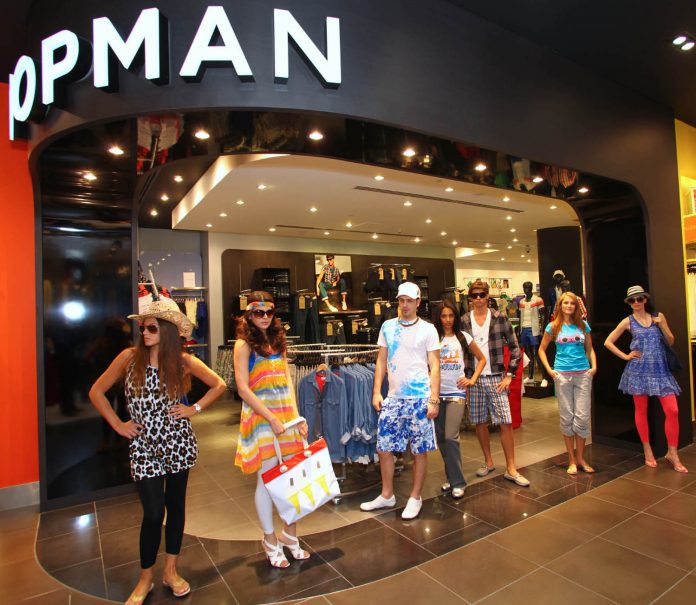
Retail bells are ringing, can you hear them? Chances are, you started hearing them weeks ago—and you’ll keep hearing them for the rest of the year. But as the holiday shopping season picks up steam, how well do retail promotions do at actually drumming up sales? According to Nielsen research, they do a pretty good job.
Consumer product companies spend an inordinate amount on their trade promotions each year (about $1 trillion), and there’s certainly no shortage of them during the Black Friday promotional period. In aggregate each year, more than two-thirds of the trade promotions don’t break even, let alone make money. The upshot, however, is that the sales that retailers run at this time of the year work better than the ones they run outside of the year-end holiday season.
In looking across an array of consumer product departments, Nielsen has found that deep discount promotions (price cuts of 30%-60%) work better for retailers during Black Friday and Cyber Monday sales than at other times of the year. This is critical insight, as deep discount promotions are typically inefficient when you compare the return on a promotion against the amount invested on the promotion.
In looking at the trends over the past two years, retailers have boosted their deep discount promotions by 3% around Black Friday, and the majority don’t fall victim to common promotional pitfalls. In fact, consumers have been so receptive to deep discounts around this time of year that trade promotions can drive as much as a 22% higher-than-normal return, as is the case in the general merchandise category, which includes small appliances, photo supplies, and telephones and accessories.
While the general merchandise department leads the way when it comes to attracting bargain shoppers, research shows that a majority of departments throughout the store benefit at least to some degree this time of year. For example, there is a notable upticks in the beauty, meat, personal care and produce departments.
Not all areas of the store come away as winners, however. Frozen foods, for example, are in the deep freeze. While retailers tend to amplify their promotions in the frozen section, these efforts are far less likely to drive returns than at all other times of the year. In fact, they increase their use of deep discount promotions by more than 6%, but at a high cost—the department loses money in the end. And the story is similar in the dairy case. Increased offerings at a steep discount unfortunately exceed the actual increases in sales (8% vs. 4%).
So when it comes to assessing what to promote and by how much, retailers definitely need to pay attention to what consumers need relative to the time of year. While retailers likely know that meats will move around the holidays, for example, they may not make the connection between turkey and toiletries. But the truth of the matter is that the link between eating well and looking good is stronger during the holidays than at any other time of the year.





































